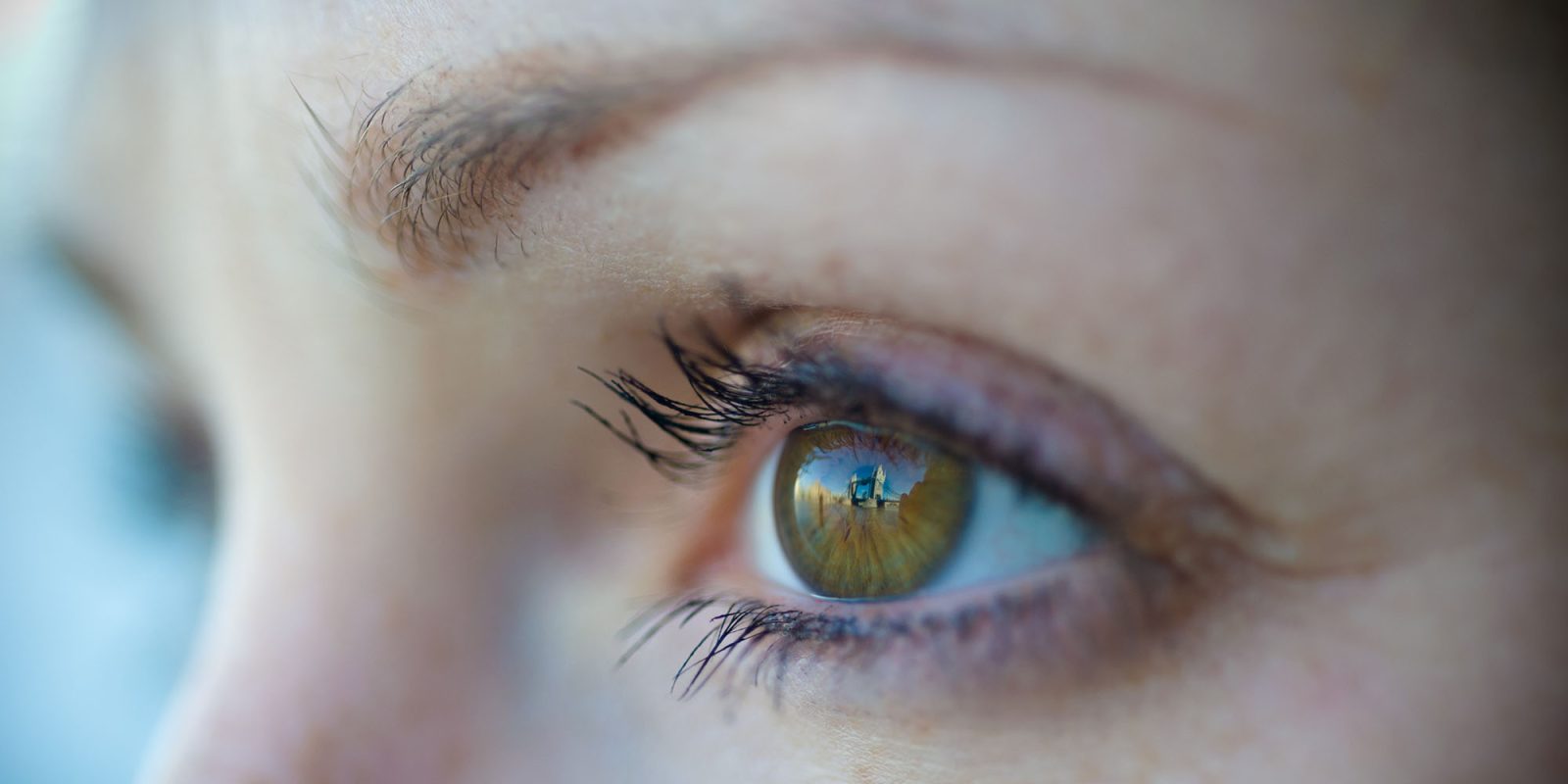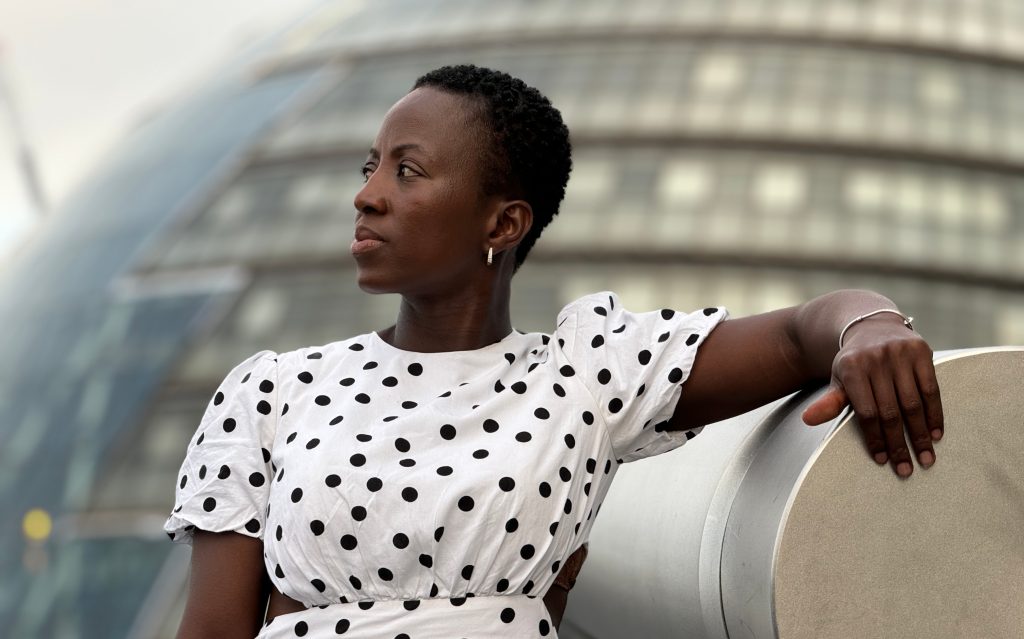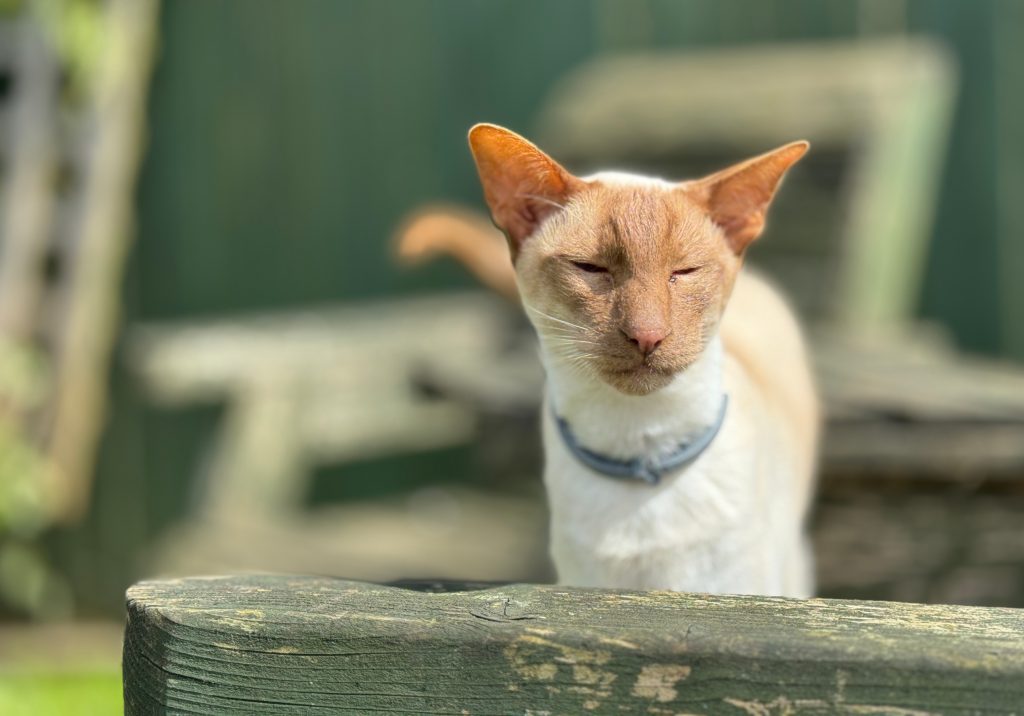
The Information yesterday carried a report focusing on Apple’s work on a foldable iPhone, but it also included a reference to an iPhone 17 feature which could be a big deal for photographers.
The piece suggested that at least one model will, for the first time, include a variable aperture, allowing better control over depth of field …
What does variable aperture mean?
Aperture is the name given to the size of the hole through which light passes from the lens to the sensor. With traditional cameras, aperture blades within the lens enclosure allow that size to be mechanically controlled, either by rotating a ring on the lens, or by selecting it on the camera body, which then passes that setting to the lens.
You can see an animation of this here:
All other things being equal, the wider the aperture, the more light reaches the sensor, but also the more shallow the depth of field.
Depth of field control
Photography is in essence the process of you directing the attention of the viewer to the things you want them to see. After composition – framing the shot to include or exclude certain things – depth of field is arguably the second most important tool at your disposal.
With some shots, you want to have everything in focus. In this example, the girl in the foreground, couple in the midground, and pier building in the background are all important, so a narrow aperture is used to ensure all are in focus.

In contrast, there will be other shots where you want to focus on your subject – be that a person or an object – and have the background be out of focus.

Or you may want the focus to be on your subject, but retain sufficient background to give a sense of context.

Two approaches on the iPhone
Current iPhone models have a fixed aperture, and a wide one. That’s because the sensor is much smaller than that in a dedicated camera, so it needs all the light it can get to avoid noisy images.
In theory, that would mean a shallow depth of field. In practice, however, almost everything will be in focus unless you’re standing very close to the subject – and that’s because camera phones have small sensors.
Apple has so far had two ways you can creatively create shallow depth of field. The main one has been Portrait mode, which uses computational photography to create artificial blur. Early versions of this weren’t very good, but it has become increasingly realistic over time.


The second has been natural bokeh through longer focal lengths. The addition of the 5x lens means that, while we can’t yet achieve the super-shallow DoF control possible with Portrait mode, we are now better able to separate the subject from the background.


What might we expect from the iPhone 17?
Here’s what The Information had to say:
Apple next year also plans a notable upgrade to the camera of at least one iPhone model, adding the ability for users to control the size of the aperture with a mechanical system, according to two people with direct knowledge of the feature.
On its own, it might not mean too much. As mentioned, that small sensor still only allows limited depth of field control. But any improvement in maximum aperture would still represent a useful step forward.
The bigger deal, however, may be what it tells us about Apple’s thinking. A mechanical aperture is not a trivial thing to implement in a smartphone, adding both complexity and cost. The company wouldn’t be doing it without good reason.
So that suggests to me that Apple is, uh, focused on improving depth of field control, and that the variable aperture may be just one piece of the puzzle.
The biggest improvement Apple could make here – which would pay off in better image quality across the board – is to increase the size of the sensor. That’s tricky within the space constraints of a smartphone, but even a relatively modest increase here would make a substantial difference.
A subsequent report indicates that Sony and Samsung will in future be competing for Apple’s sensor business, which is likely to increase the pace of innovation here.
There’s no indication that any sensor improvements are coming to the iPhone 17, but Apple’s seeming willingness to invest in improving DoF control does make me feel optimistic about what may follow.
Photos: Ben Lovejoy
FTC: We use income earning auto affiliate links. More.






Comments